When I first started spending time in the Palm Springs area in 2009, I took a tour of Oasis Date Gardens—and I thought that was enough.
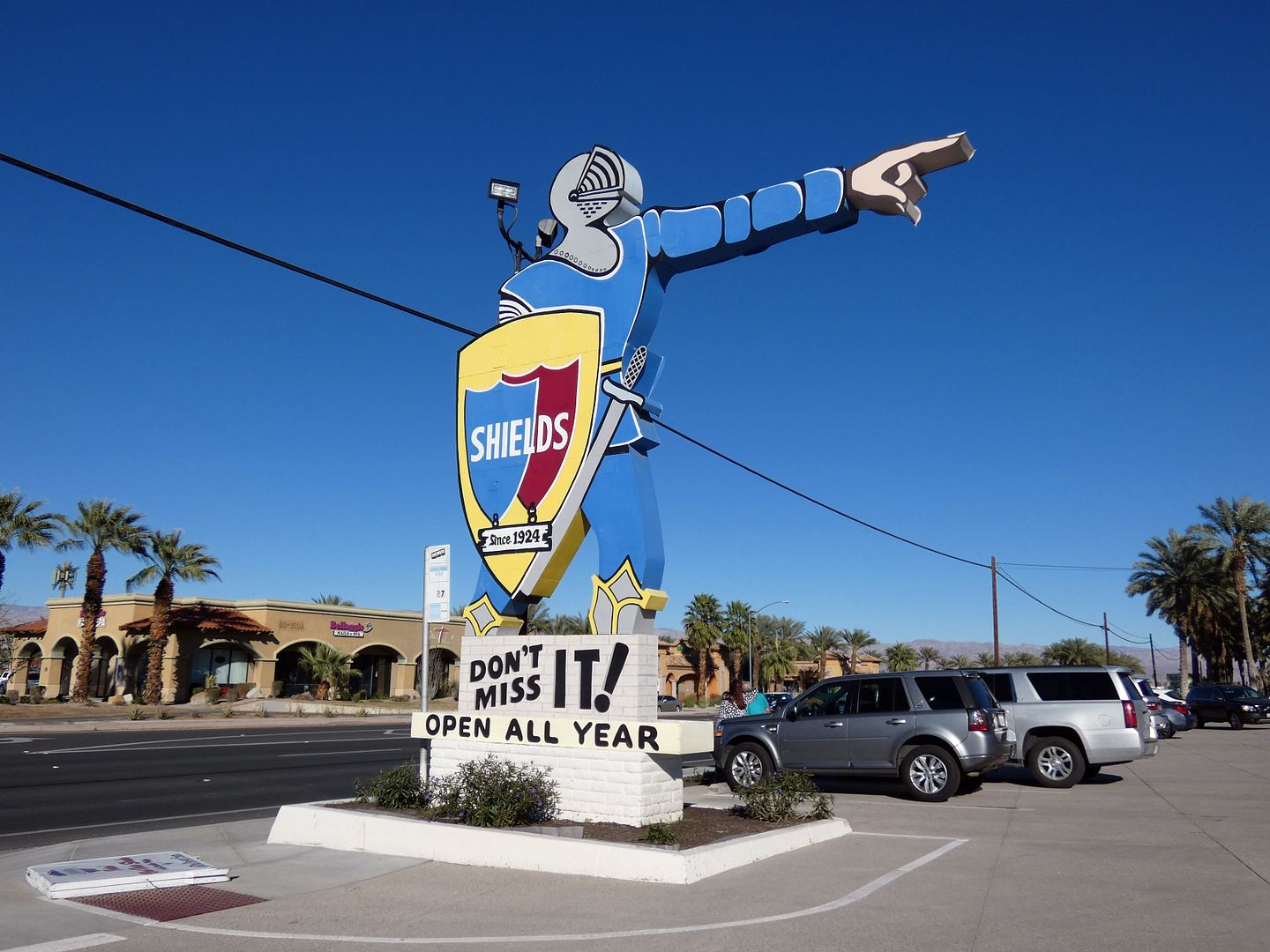
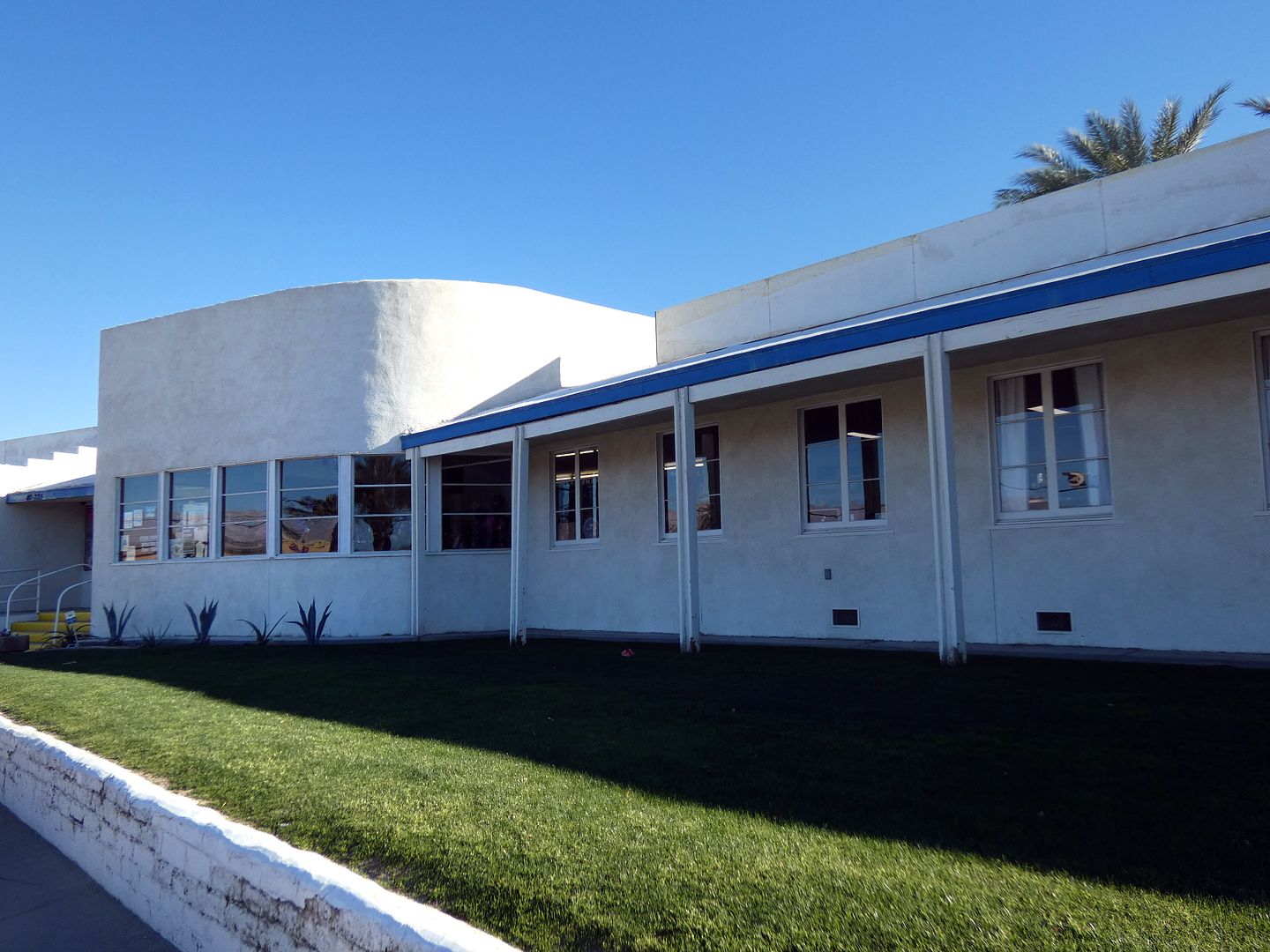
This 98-year-old roadside stand in Indio, "The Date Capital of the Nation," has a more contemporary sign (circa 1953) and façade—and what used to be Highway 99 ("The Backbone of the Pacific States") is now known as Highway 111.

But they're still selling dates harvested from their date palm orchard now as they were back in 1924.

Though some folks prefer to consume their dates in shake form.



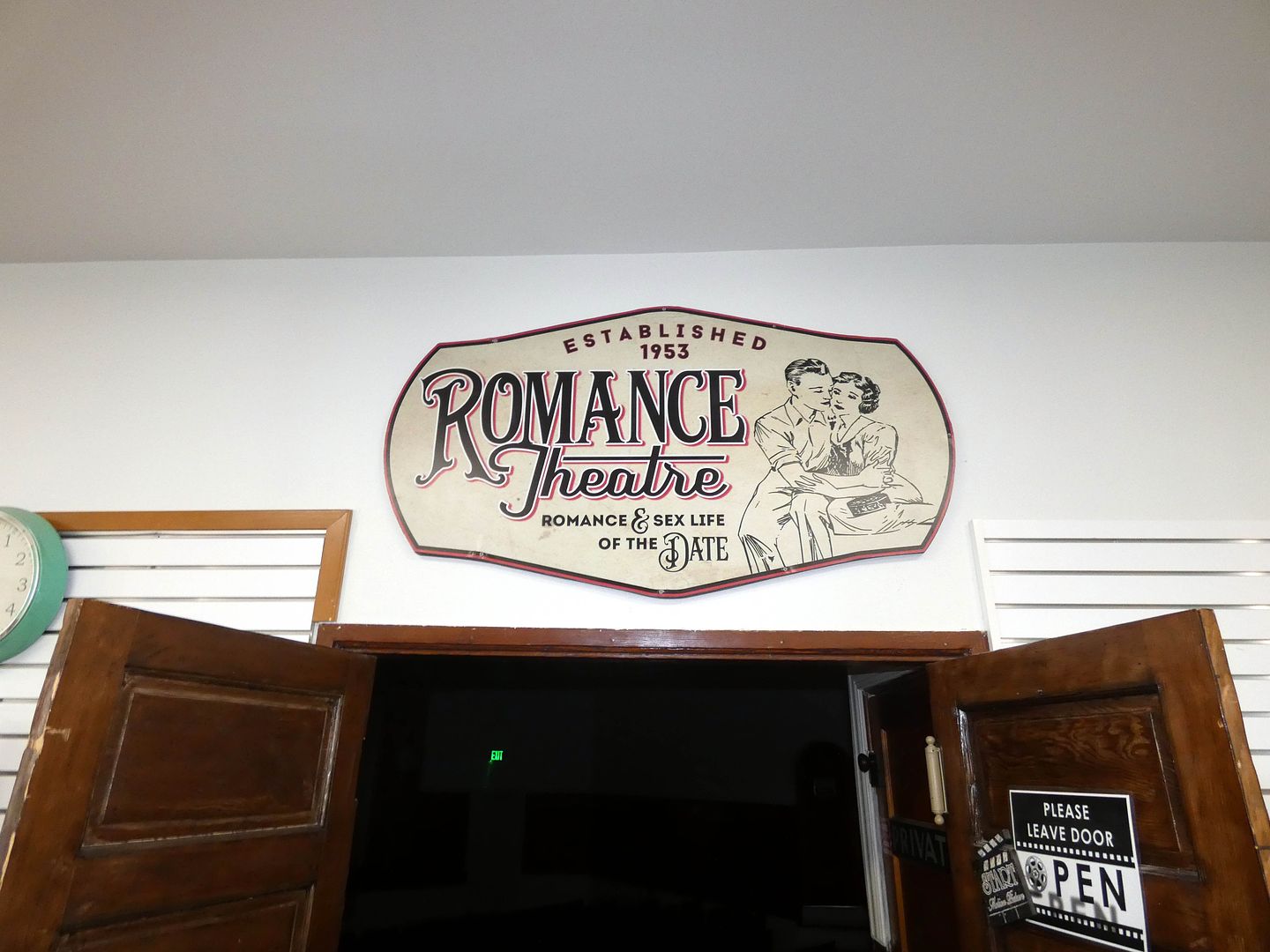
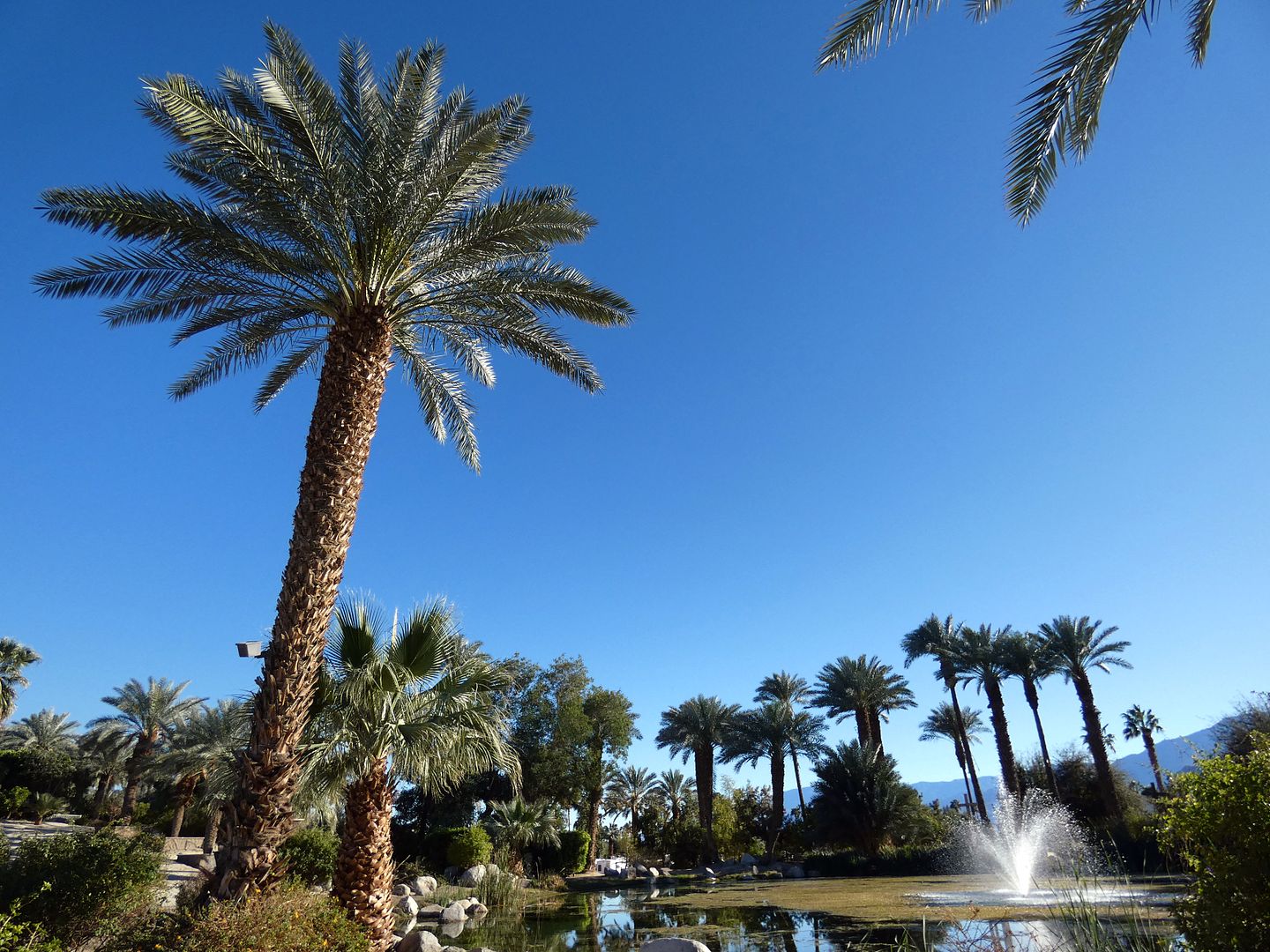
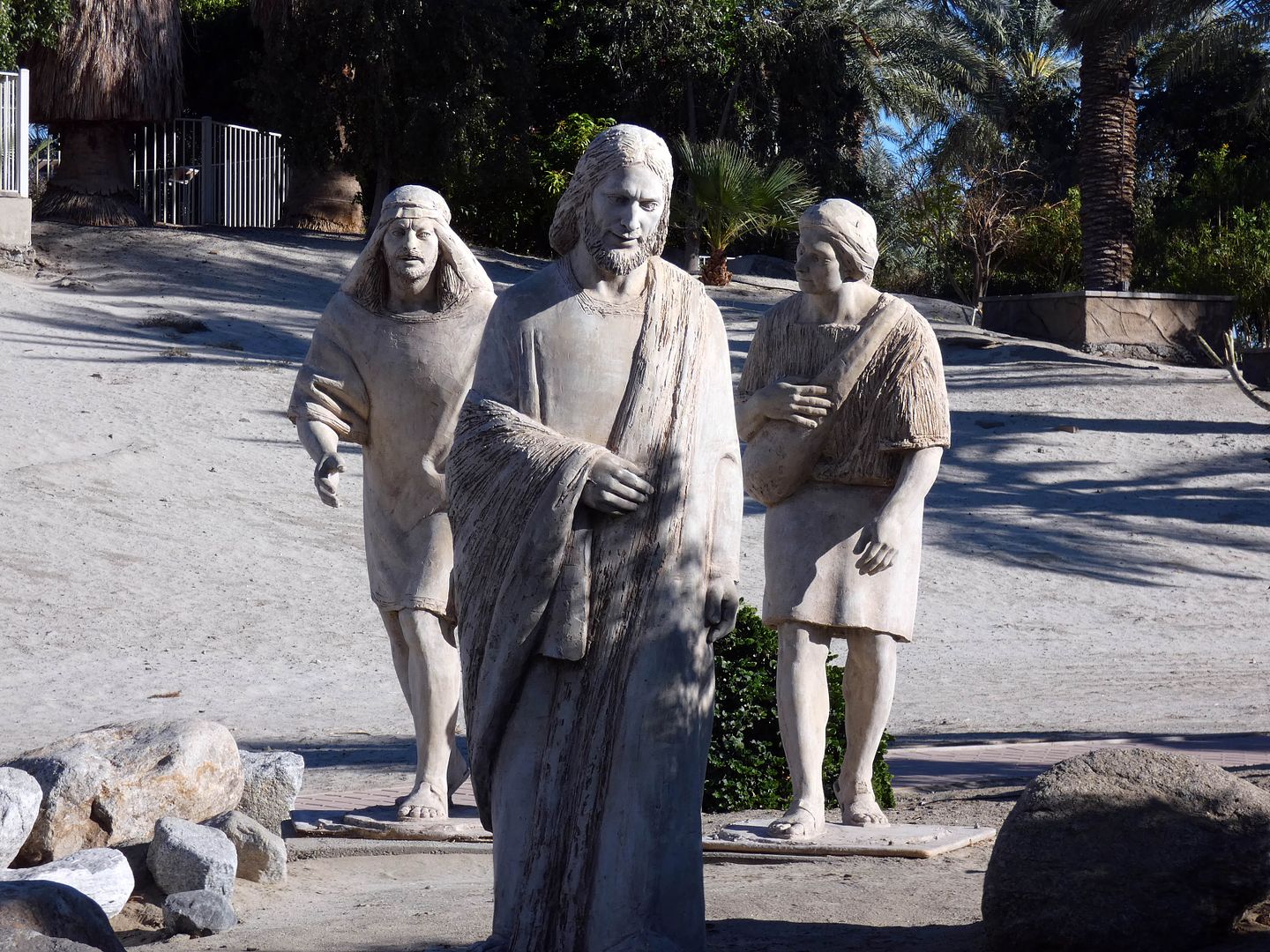
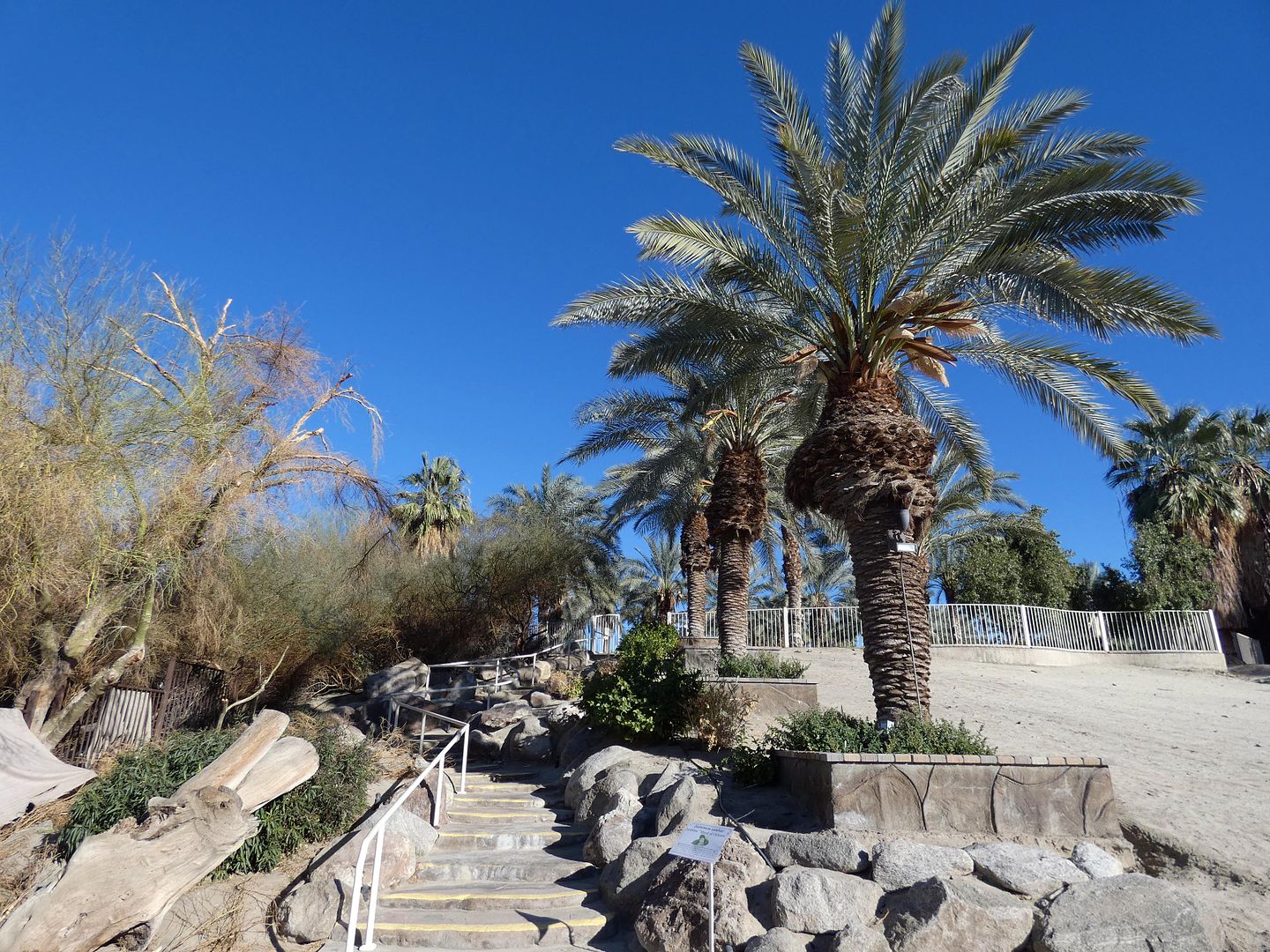

In 1936, Mr. Floyd Shields invented his date crystals—basically seeded, dehydrated date bits that are used as a baking ingredient.

This "date food" can be used to bake any number of Mrs. Bess Shields' recipes, like "Queen Elizabeth cake" and oven-steamed pudding.

They're still sold in the same type of cans as 86 years ago.

One of the tourist draws to Shields Date Garden is a free instructional film, titillatingly titled The Romance and Sex Life of the Date and located inside the Romance Theatre, just off the gift shop. It made its debut in 1951 and hasn't changed a lot since then.

For me, an under-appreciated aspect of Shields Date Garden is the garden itself—17 acres of palm trees and other fruit-bearing trees, all surrounding a lake with a spurting fountain.

Since a renovation was completed in 2013, it's also showcased 23 statues depicting the life of Jesus Christ. Their owners, Wilhelmus and Lillian Vander Zalm, needed somewhere to relocate them when the biblical theme park they used to own in Vancouver was being torn down in 2010.

Bill Vander Zalm—best-known as the Holland-born 28th premier of British Columbia (1986-1991)—had purchased the 21-acre theme park, called Fantasy Garden World, in 1984. Selling the park became a conflict of interest scandal while he was still in office—one that led him to resign in disgrace in 1991.
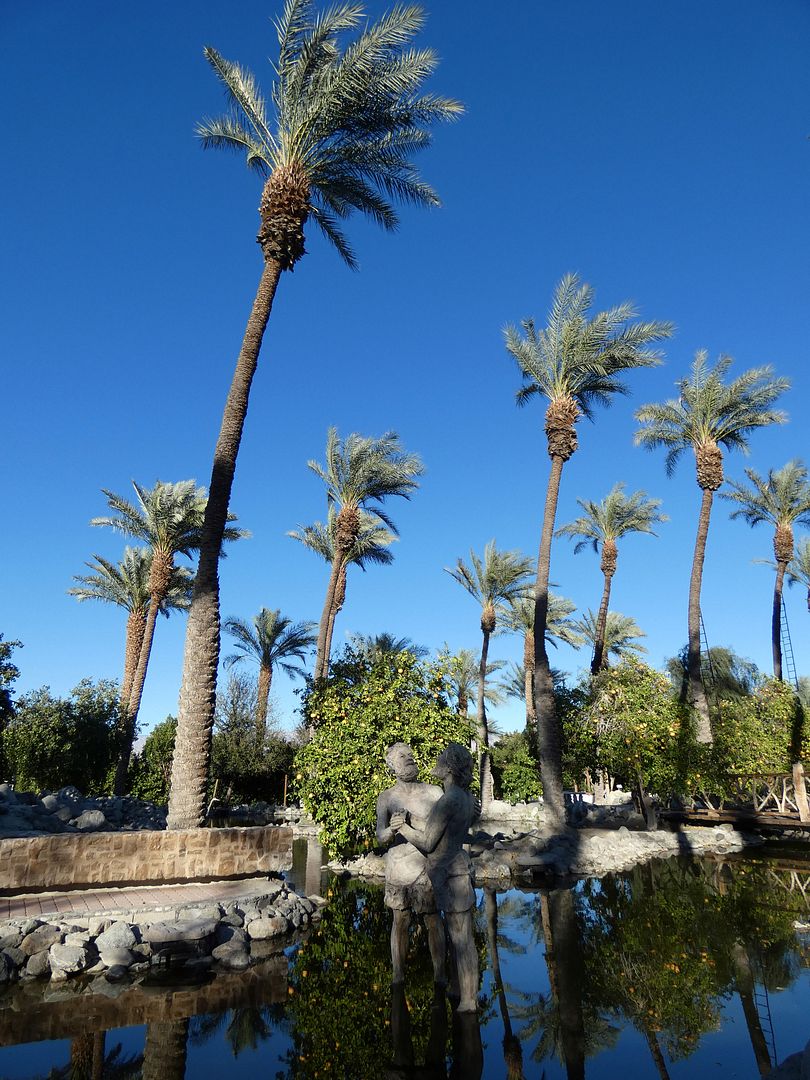
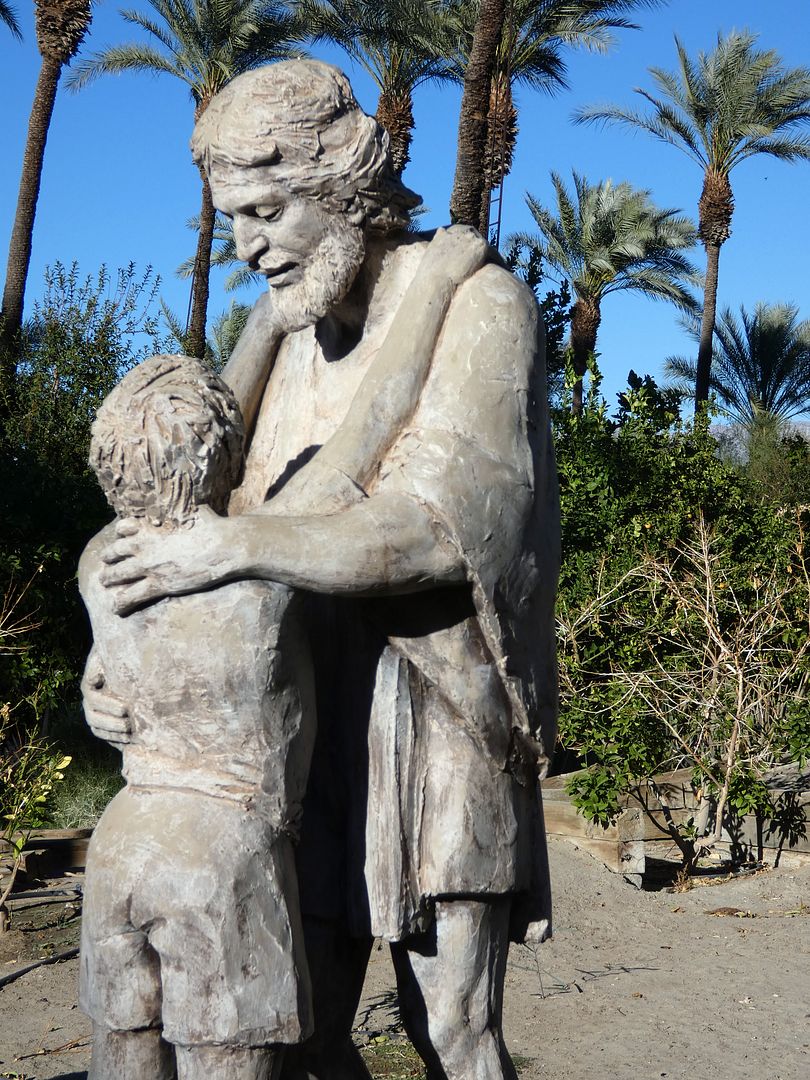
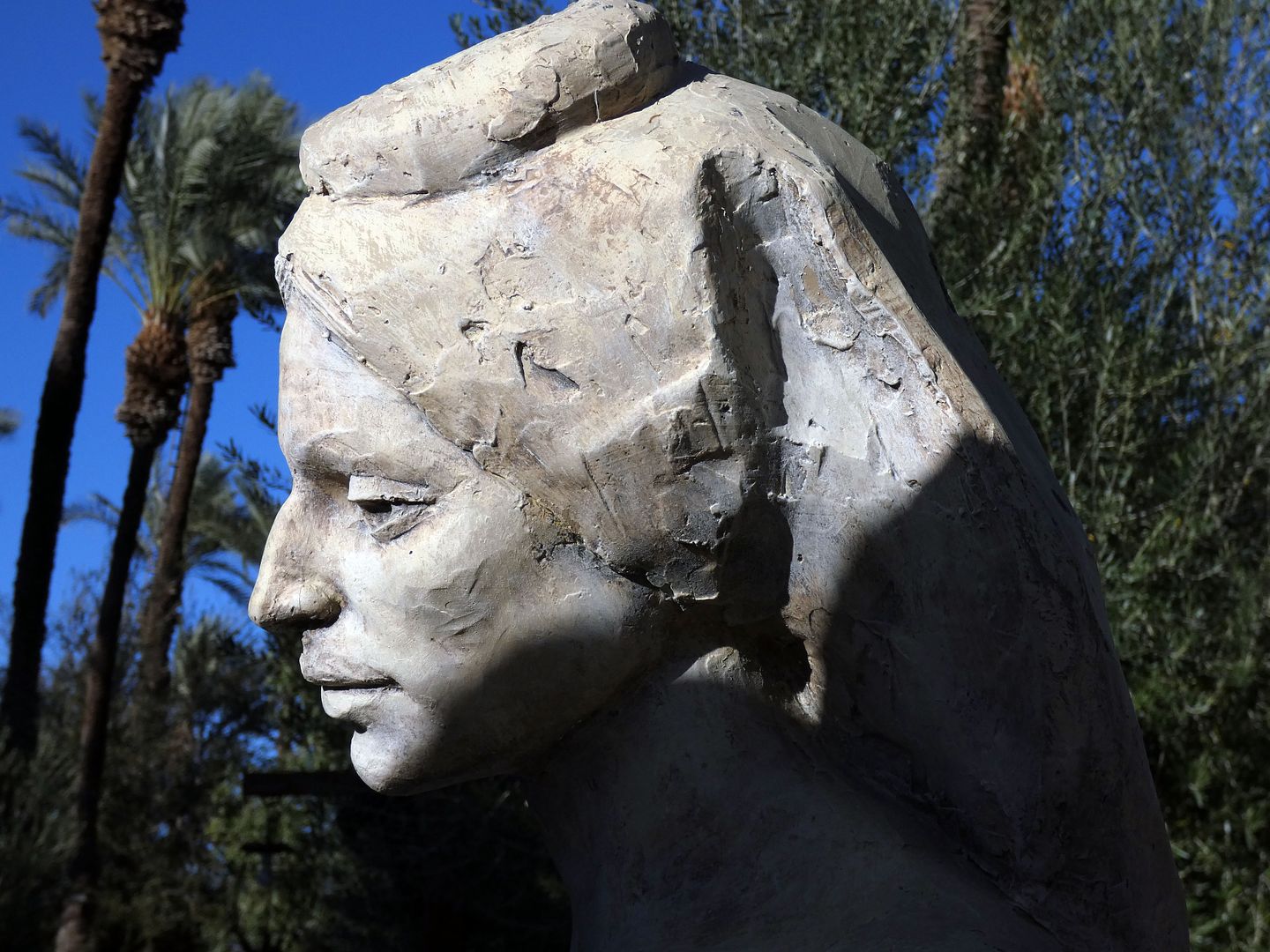
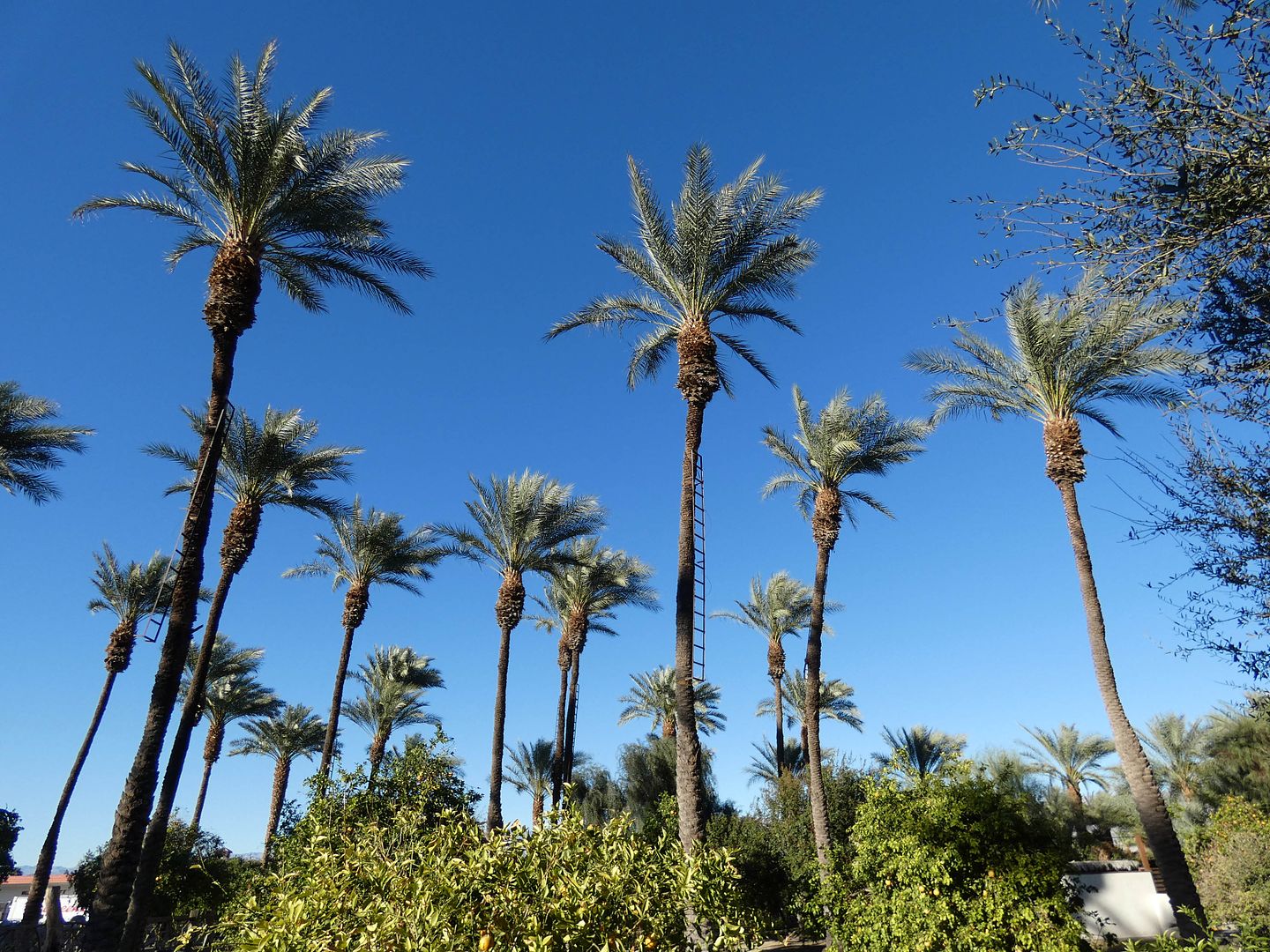
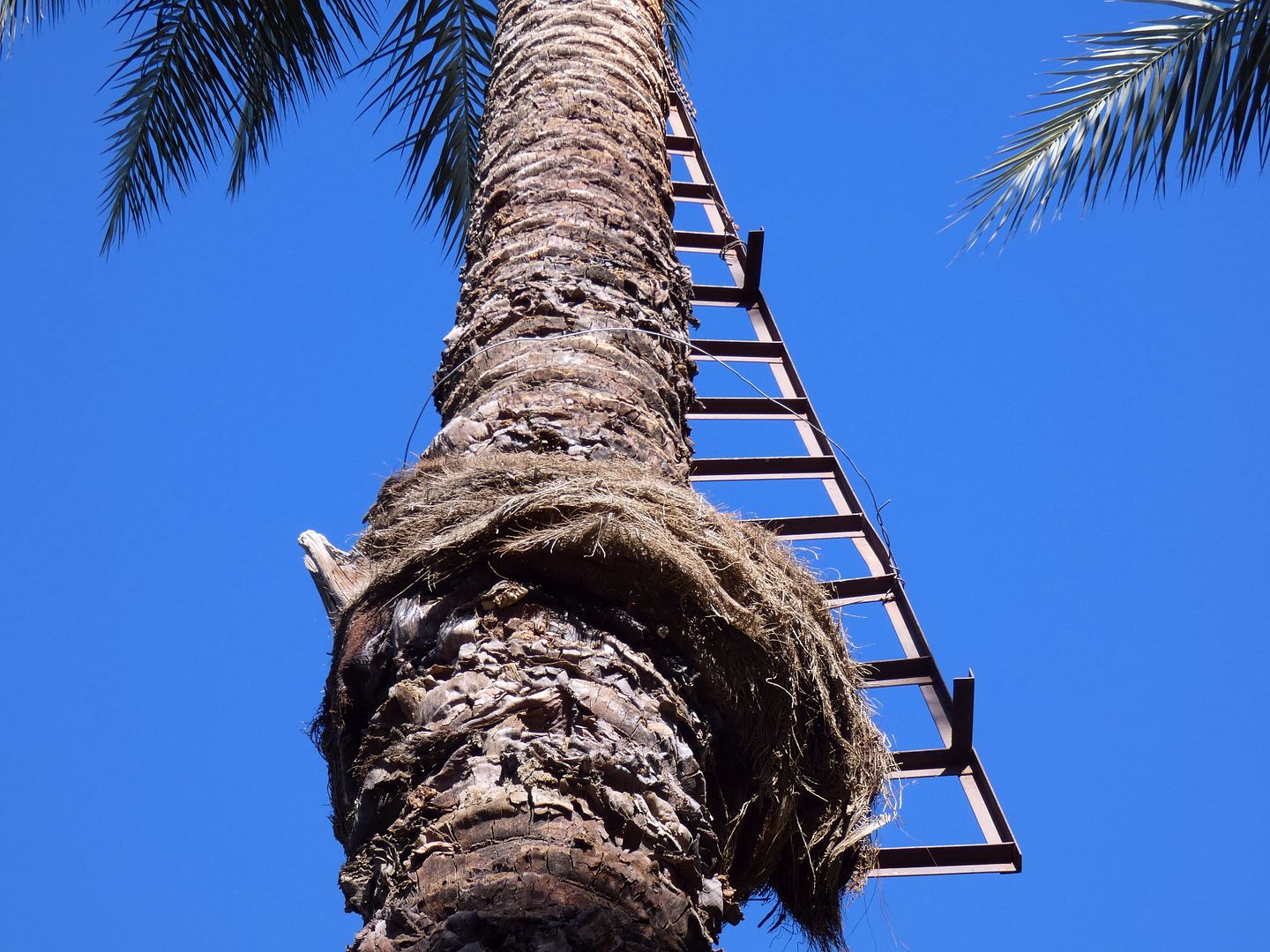
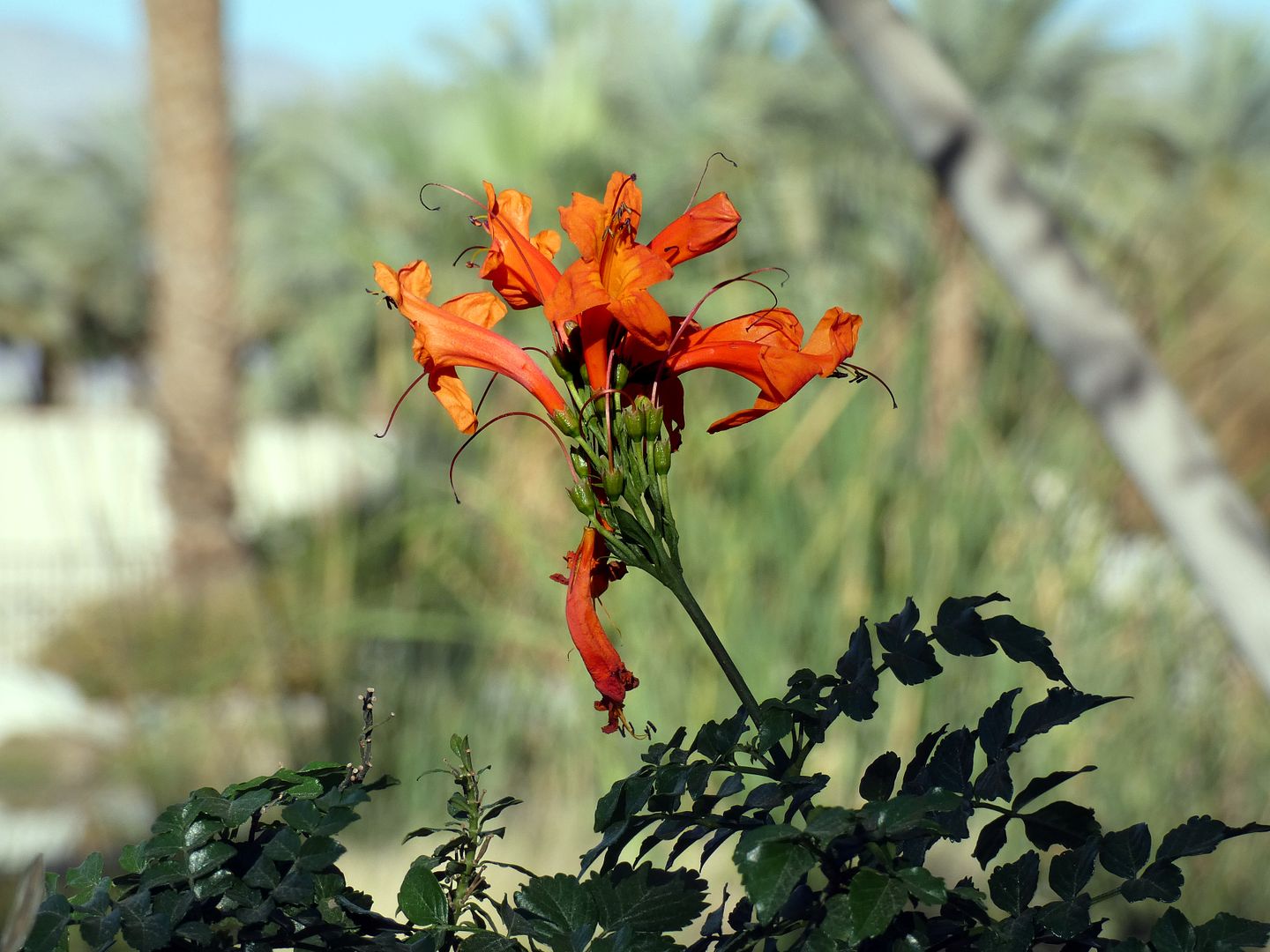
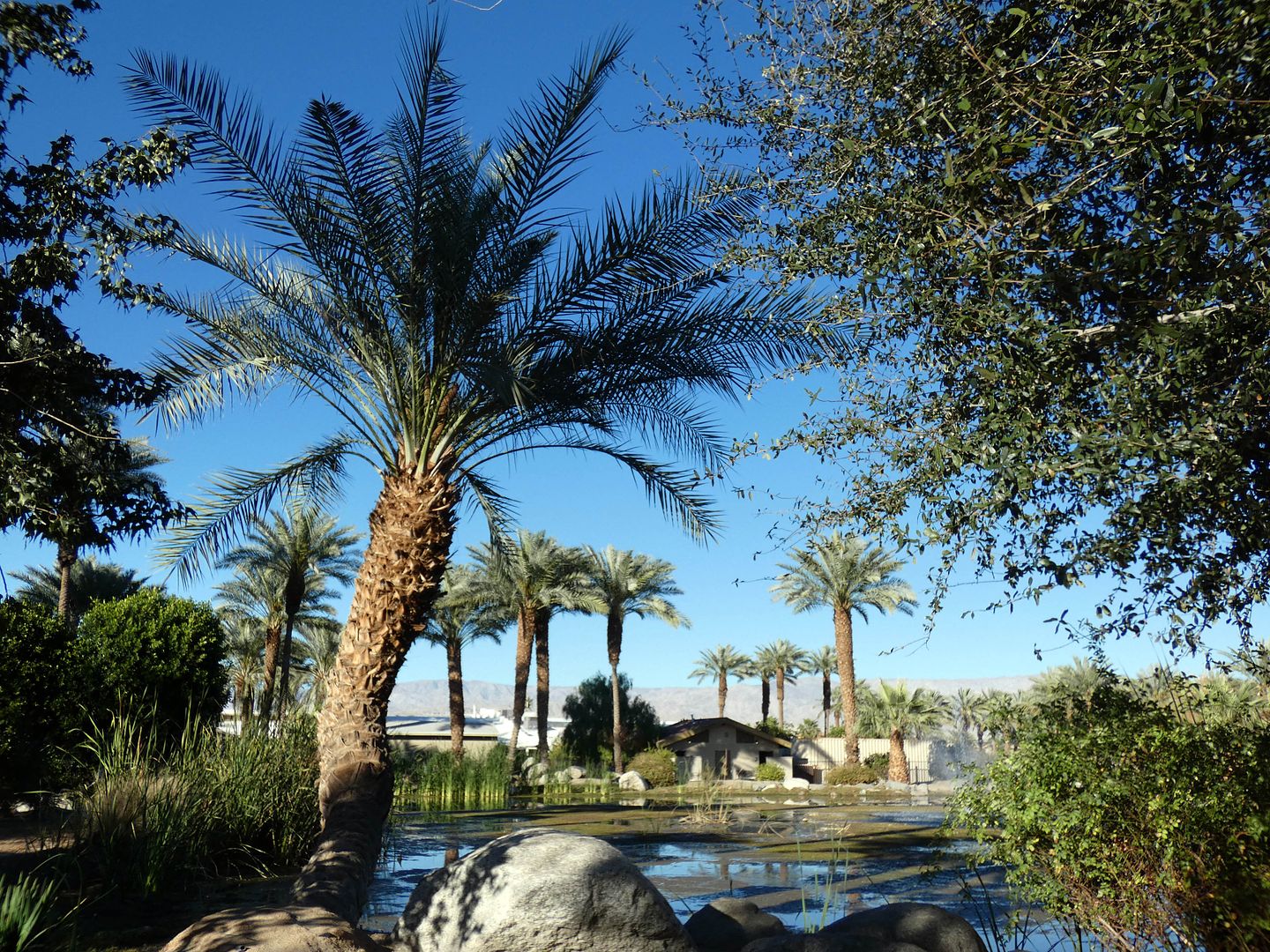



Reportedly, Vander Zalm had created the theme park's biblical garden out of rock imported from Israel and water from the Sea of Galilee and the Jordan River (where Jesus had been baptized by John the Baptist).

In the current iteration of the garden, each vignette tells a well-known story from the New Testament, like Jesus with the children (from Matthew 19: 13-15)...

...and Jesus with the woman at the well in Samaria (from John 4:4-14).

The statuary is interspersed among many different varieties of date palms—some of which were hybridized by Mr. Shields himself (the "blonde" and the "brunette," which are still exclusive to the Shields brand and are the source dates for the date crystals).

At Shields, palmeros are no longer expected to hoist themselves up the tree trunks supported only by a strap (and their own feet) to prune and hand-pollinate the trees and pick the dates. Instead, they can get pretty high up with the help of a hydraulic crane—but to get to the actual dates at the tippy top of the trees, they must climb metal ladders that are permanently affixed to the trunks.

Among the non-fruit plantings, there's even a nice outcropping of Mexican honeysuckle.

As the story of Jesus continues, it gets darker as it approaches its inevitable end, as you witness him at the Last Supper, in the garden of Gethsemane...

...and, of course, on the cross.

This scene depicts from where Jesus hung when he took his last breath—but that's not where the story ends.



Nor is it where the garden ends.

Because you can also walk into a version of the tomb where he was buried, and where his body went missing as he rose from the dead after three days.
And that's a pretty happy ending to a pretty sad story.

I was there last year and didn't realize that the Biblical story was a new import. Back in the 1920s there was a real Christian revival - so I thought it was from then. Live and learn!
ReplyDelete